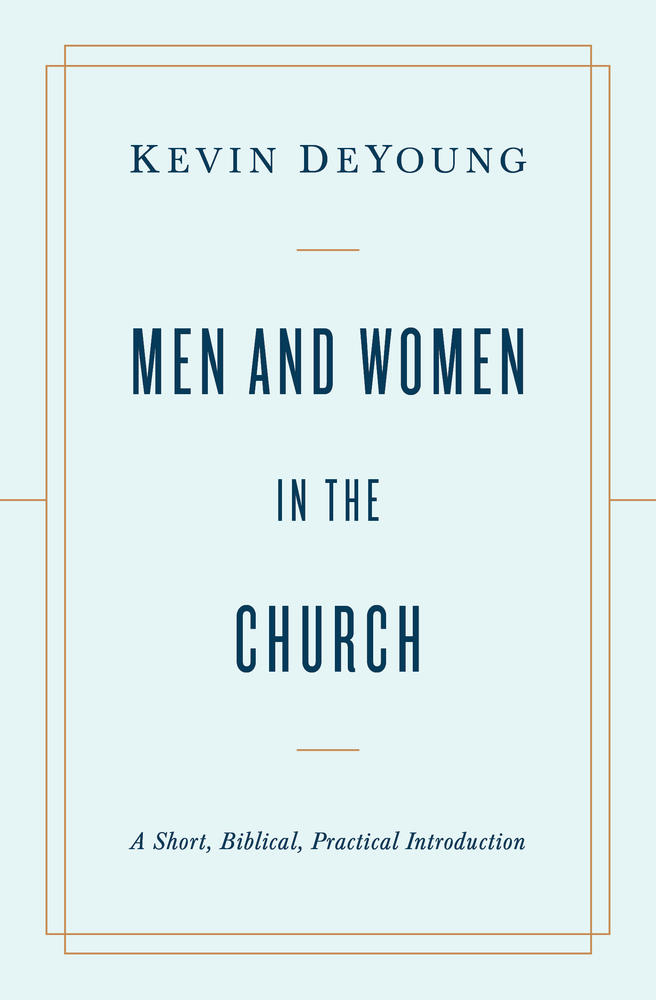In When Words Matter Most, Cheryl Marshall and Caroline Newheiser remind Christians of the importance of speaking God’s truth into the lives of those around us. The premise of the book is that every believer can be used by God to minister to their fellow believers during the different seasons of life. In the first chapter, the authors stress how each believer is called to mutual encouragement so that the family of God is built up. Not only do we need to take hold of every opportunity that comes along to speak but we also need to learn to speak words of truth rooted in God’s Word. In our interactions with others, our aim ought to be focused on attaining unity of our faith, knowledge of Christ, and Christlike maturity. In the next chapter, the topic is getting to know the ones we are trying to help so that our counsel is timely, wise, and relevant. The authors identify three types of individuals as found in 1 Thessalonians 5:14 namely the unruly, the fainthearted, and the weak. The first group of believers are those who are sinning against God of which we are to admonish them by gently showing them how their actions contravene God’s commands in Scripture. The fainthearted are those who need words of encouragement and hope as they sink low in discouragement and despair. The last group are the physically or spiritually weak who need uplifting words or a helping hand in times of need. Moreover, we are also called to care for unbelievers around us by sharing with them the hope we have in Jesus and how salvation through Him enables us to persevere in the midst of the struggles we face. In chapter three, Marshall and Newheiser discuss how critical it is to dispense grace to those we give counsel to. Genuine grace that is life-giving and transforming comes from God alone so we ought to first properly grasp His justifying grace, sanctifying grace, and glorifying grace. In our conversations with others, we need to constantly remind those who are distraught and dismayed that the grace of God saves them from their sins, empowers them to grow in holiness, and provides them with hope for the future. The next chapter further expands on the qualities, conversations, and conduct of a gracious friend such as forgiveness, humility, and wisdom. However, despite our best efforts to reach others with grace and love, not all of those on the receiving end react positively. Thus, in chapter five, the authors analyze how to love and care for those who are withdrawn, angry, defensive, struggling, or rebellious. The last chapter in part one then moves on to illustrate how our grace-filled conversations also need to be informed by the truth of Scripture in order to be effective and God-glorifying. The Bible is God’s inerrant, authoritative words which are sufficient and clear enough to allow believers to live godly lives that glorify Him according to His will. Thus, we ought to faithfully study God’s Word for ourselves first and then carefully apply the truths of the Bible to exhort, correct, and encourage fellow believers to greater spiritual maturity. In the second part of the book, the authors pinpoint several Scripture passages particularly useful in encouraging those who are weary, worried, wayward, and weeping. In addition to highlighting the key points of each passage, Marshall and Newheiser also provide succinct explanations that help apply those truths to the receiving party.
I recommend this book as an accessible resource for believers who are hesitant to provide counsel to those who are struggling or suffering around them. Many Christians often shy away from either confronting or comforting other believers perhaps due to not knowing what words to speak or being afraid of hurting the other party. However, Marshall and Newheiser emphasize that it is God’s will for every believer to build each other up to greater holiness, unity, and knowledge of Christ. God has placed people with different circumstances and challenges in various areas of our lives so that we may be the very people God intends to use to dispense His grace, love, and mercy. Moreover, God’s Word is the primary means by which we exhort, teach, and correct other Christians. This is in contrast to relying on our own methods or techniques to try boosting someone’s self-esteem or coaxing others to change from their sinful habits.It is not our ability or wisdom that enables us to help others but it is God who chooses to use us to speak truth in love for the benefit of those around us. Thus, when we attempt to encourage the downtrodden and weary, it is the power of the resurrected Christ in us through His Spirit that gives us courage and knowledge to say the right words in the right way. This enables us to lovingly comfort, guide, and uplift those who are discouraged, apathetic, or distraught with gentleness, patience, and hope.
In compliance with Federal Trade Commission regulations, I was provided a review copy of this book from Crossway.









